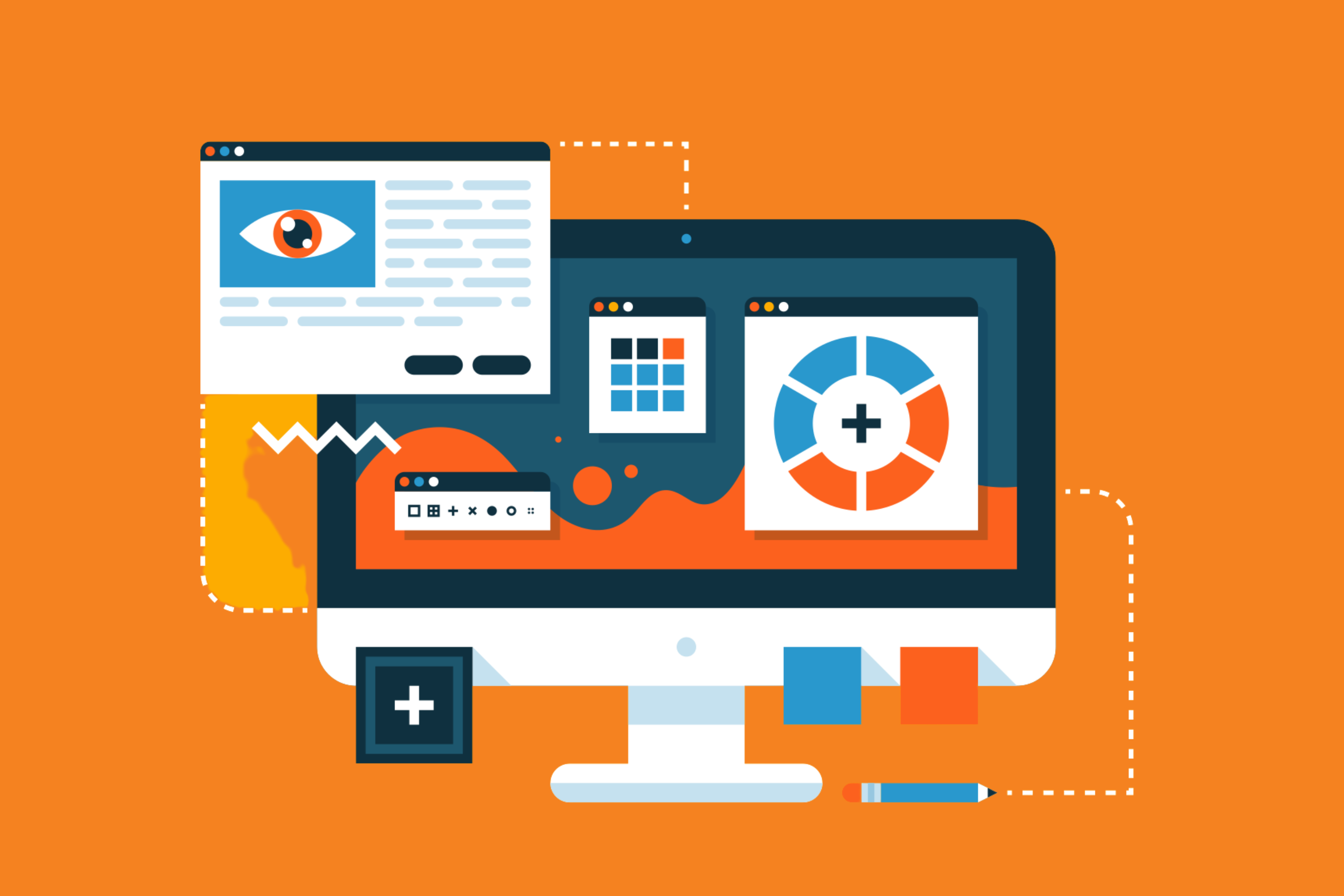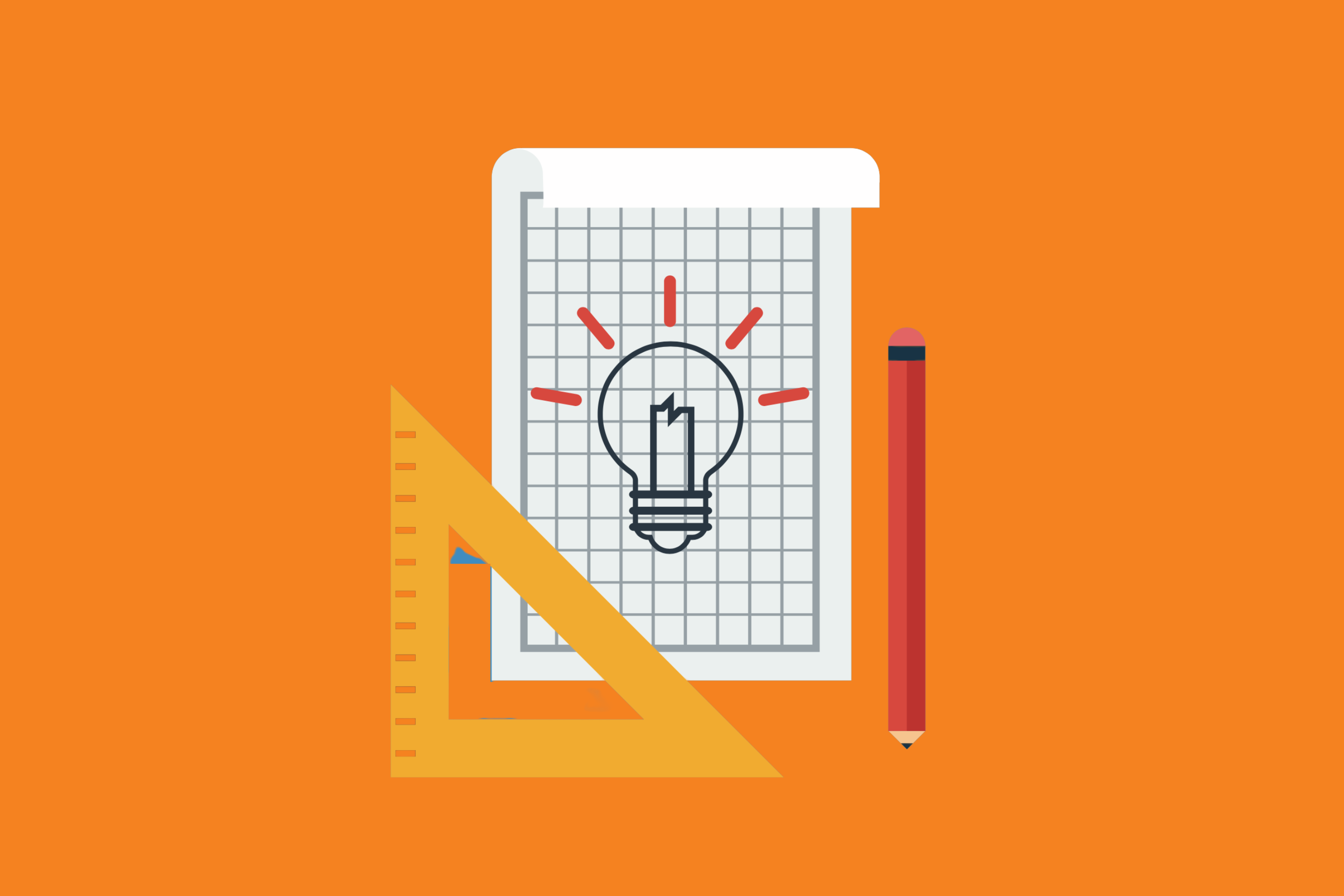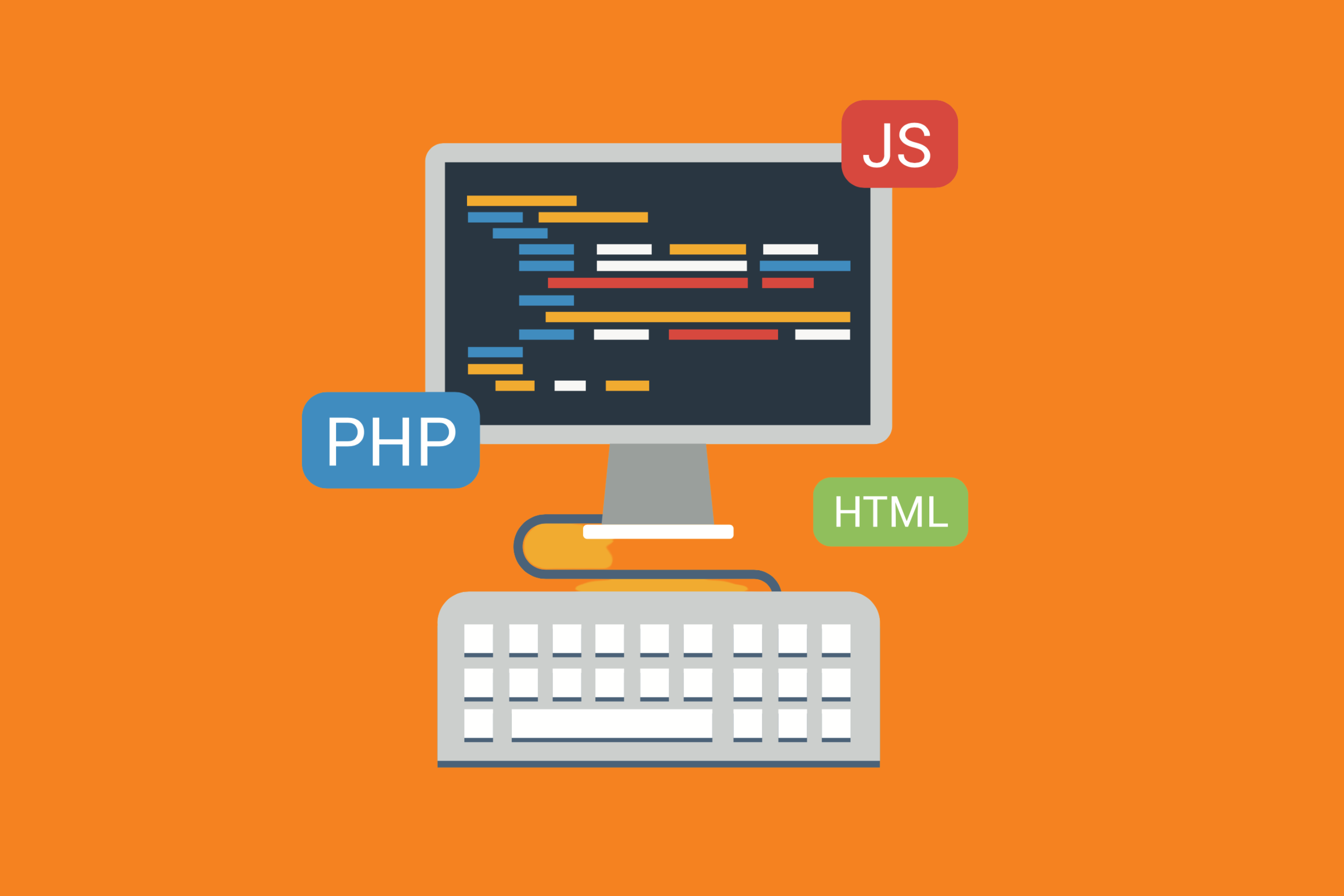While, as a project manager, you typically deal with a project from beginning to end, the early process of designing an app takes notable precedent. Many of the decisions made here will decide on the future direction of the app. Special care must be taken to build in robust design to help ensure a successful build process and final product.
Ensuring that the project is managed well in the design segment of app building takes careful organization and a close link between the design platforms and the project management tools used. Therefore, it’s a good idea to use integrations to link the two together.
Bitband, for example, offers Jira integrations for platforms such as Miro, Zeplin, Adobe XD, and Figma. Linking Jira and these design platforms allow project managers and their teams to embed assets on Jira issues and share and edit in one central place. With so much iteration going on, specifically in the design phase, having project management solutions embedded right in the design process helps ensure no one is ever working on the wrong version.
There are other things you can do as a project manager to help the app-building design process go smoothly. After all, what they put in place here can set up every other stage for success. So let’s take a quick look at a few.
Defining the Problem Your App is Solving
While a project manager’s job may not entail defining the problem, it’s essential that a project manager has a good idea of what their team is trying to solve for. For example:
- What are the project goals?
- Who is the end user?
- What are the pain points being addressed?
- What resources will the team need?
- In what capacity will stakeholders be involved?
- Are there similar products on the market?
- What will be this product’s differentiating factor?
Understanding the goals will help a project manager understand the bigger picture and help them prioritize decisions during the design phase.
Understand/Evaluate System Guidelines
A project manager must understand platform-specific guidelines before jumping into the design phase of a project. For example, Apple and Android each have specific instructions for any app that is built on their platforms. If a project manager disregards the guidelines, the app will be rejected, meaning that lots of early design work will be wasted, and the entire project may need to be restructured.
Understand the Client’s Requirements
Even when you understand the guidelines required by Apple and Android, other considerations need to be addressed – and that’s the client’s requirements. The best way to ensure client requirements are being met and understood, a project manager should write out what is agreed on. They should also provide a written copy of the understood conditions and ensure the client signs off on them. That way, if any directives change or there’s a misunderstanding from the client side, all parties can revert to this documentation and adjust if possible and as required. Having written documentation ensures budgets stay reasonable and scope creep is less likely.
Narrow Down The Project’s Options
Especially at the beginning of a project, anything seems possible. As a project manager, it’s your job to separate possibility from feasibility. During the design phase, work with your team to narrow down options. The goal is to take some things off the table, refine the design toward what makes the most sense, and fits within the confines of time and budget. Getting clarity on the direction during the design phase helps the entire team get on the same page in approach and helps make the app development phase more organized and cohesive.
Start Building Clear Communication Habits with Your Team
Communication standards must be enforced early and remain transparent so that teams understand how to communicate and to whom regarding the project. Specific tasks may need to be assigned, and it should be clear how communication channels operate, who answers to whom, and what expectations are involved with deliverables.
Get the Right Tools in Place
While we already touched on this, let’s circle back to initiating tools to help build your apps. As a project manager, you’ll work with an entire team that will need various tools to help them deliver on tasks. The best project managers tie everything together as closely as possible with an over-arching project management tool like Jira. This may be layered in with communication tools (such as Slack), design tools (such as Adobe XD, Figma, Miro, or Zeplin, and coding platforms (like Git, GitHub, etc.). Many platforms understand the importance of interoperability and therefore offer marketplaces (for plugins) or API capabilities to knit together better platforms in order to create unique interconnected networks that can help project managers assist in the design, organization, and communication process. It also allows individual team members to stay in the loop and ensures no one is ever working on the wrong version or an older iteration – helping projects move forward seamlessly.
Conclusion
There’s a lot to be done in the design phase of a project. The more a project manager can do to help crystallize ideas and make the app project goals more cohesive, the easier it will be for each stage of the app development process (and any iterations that follow).
Want more Bitband insights? Check out:






